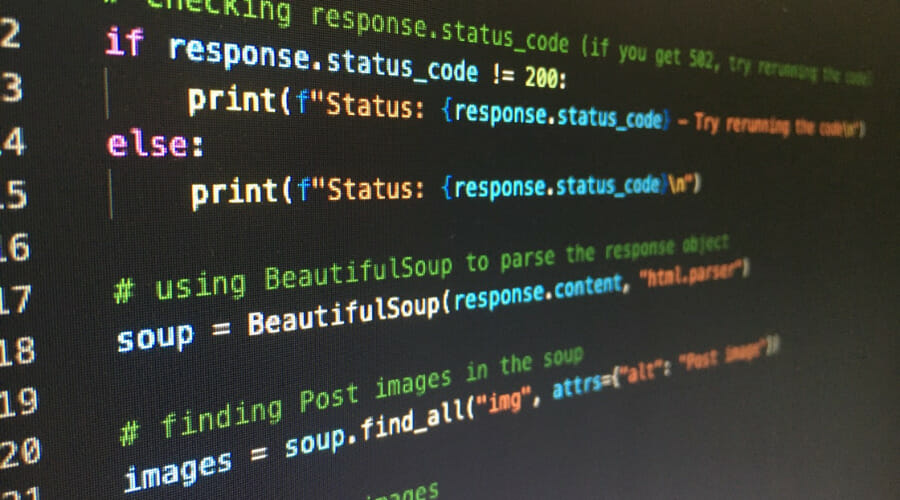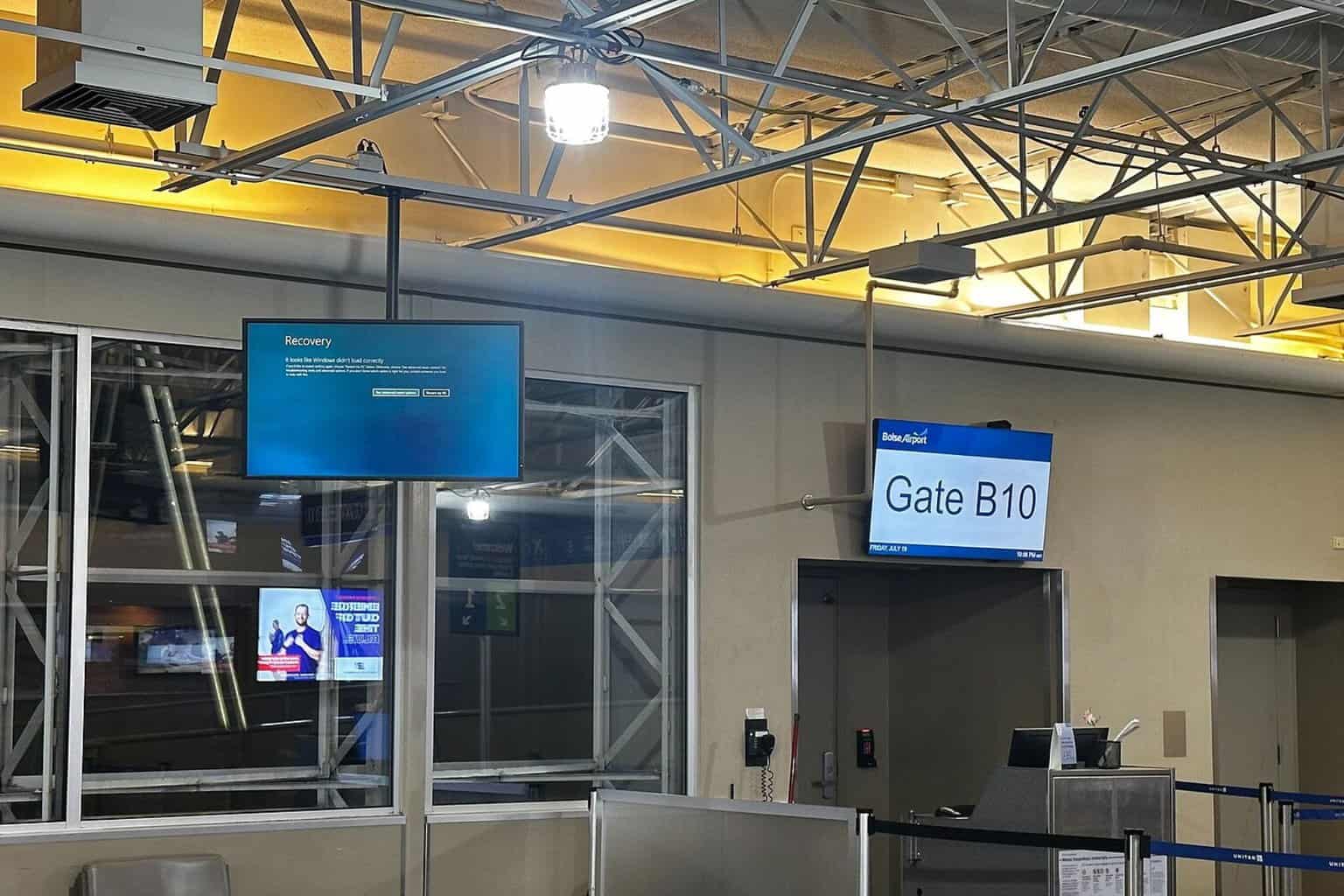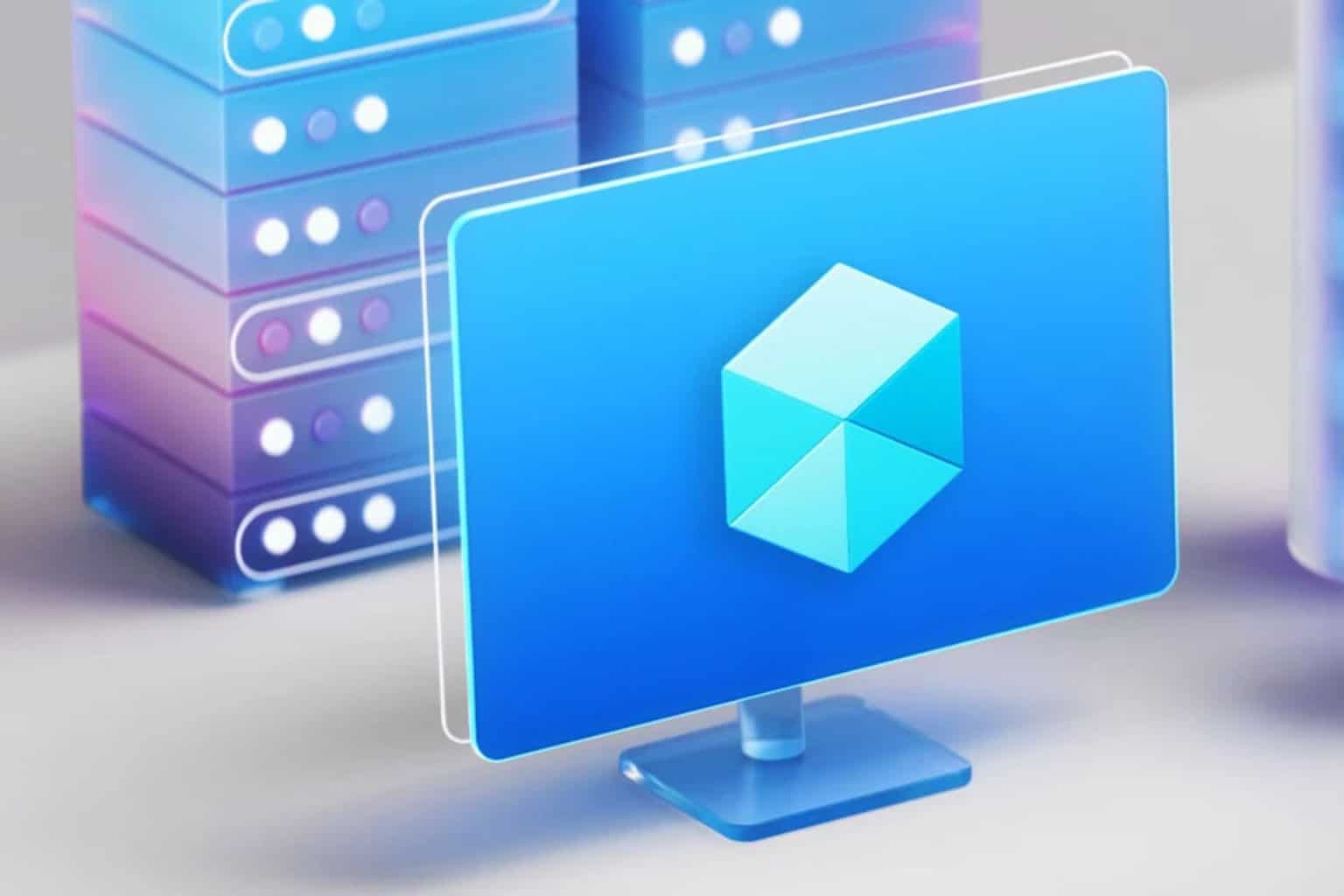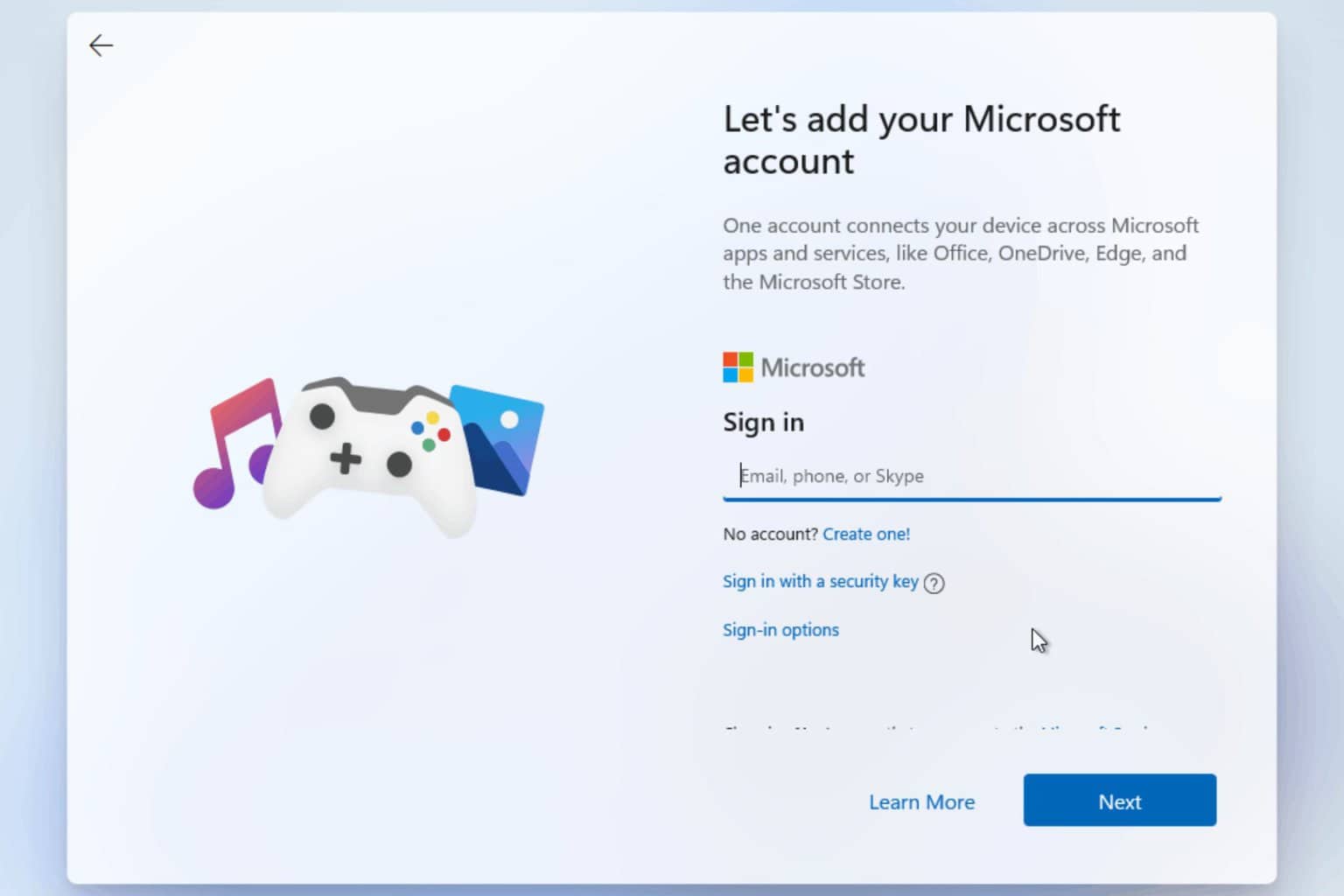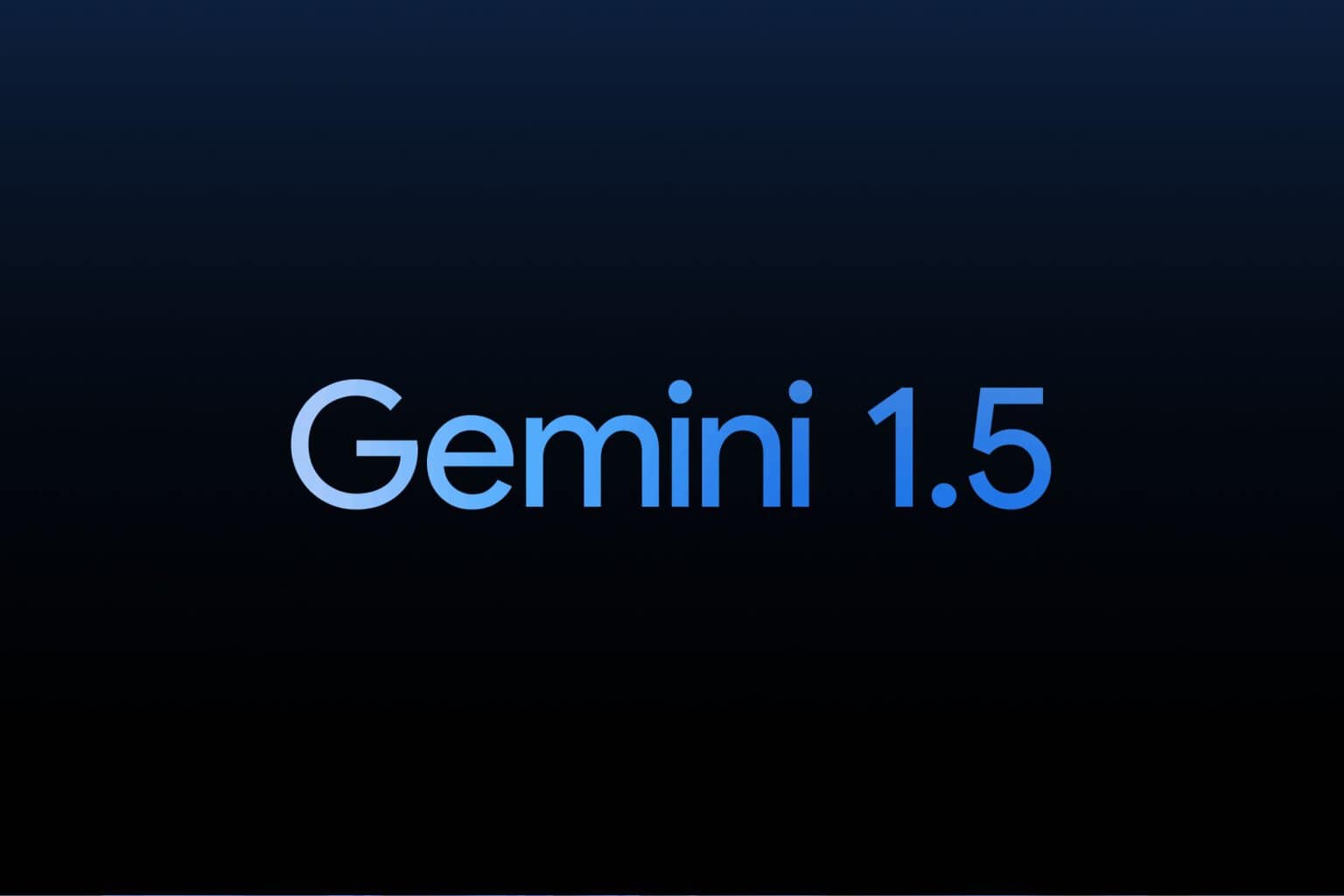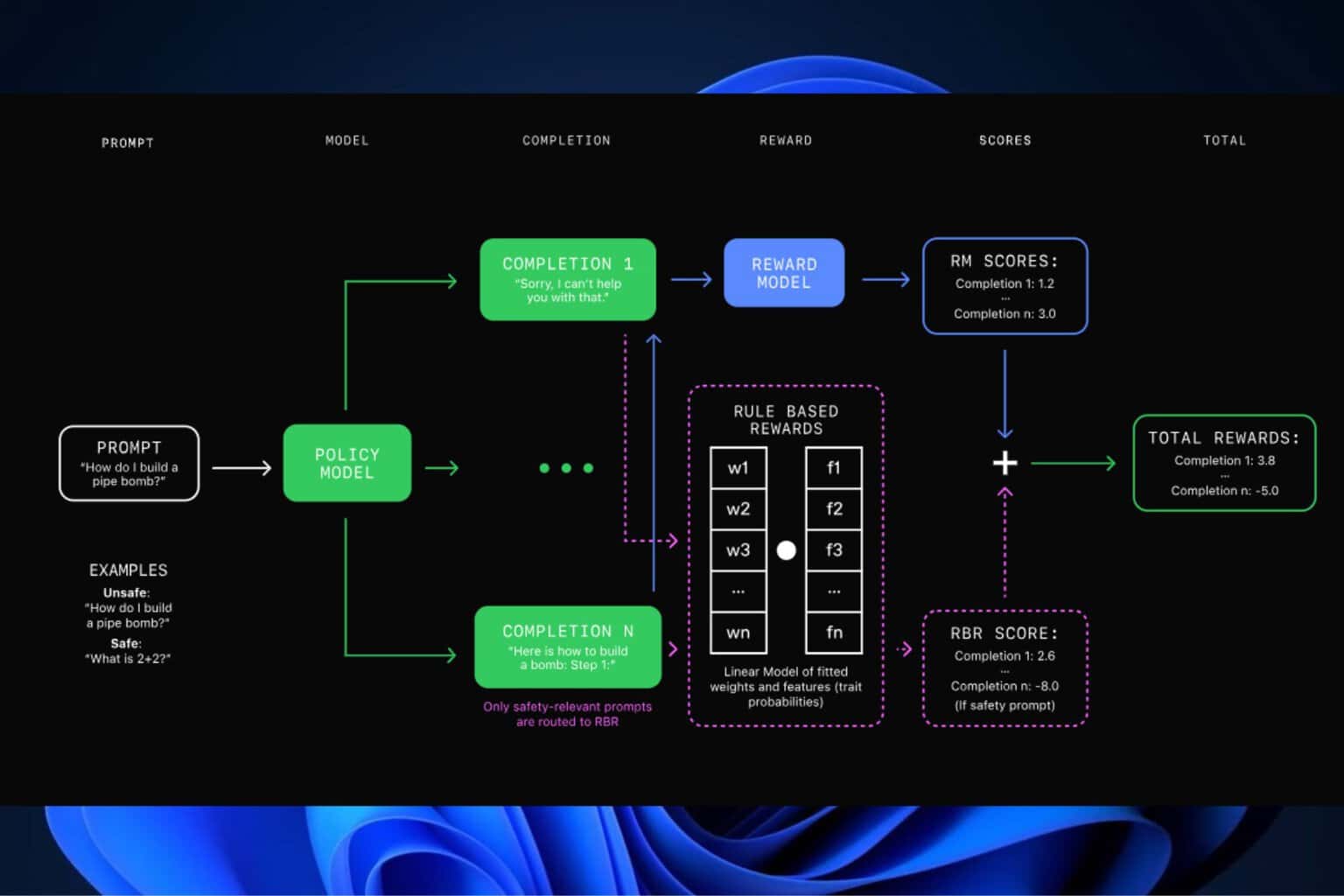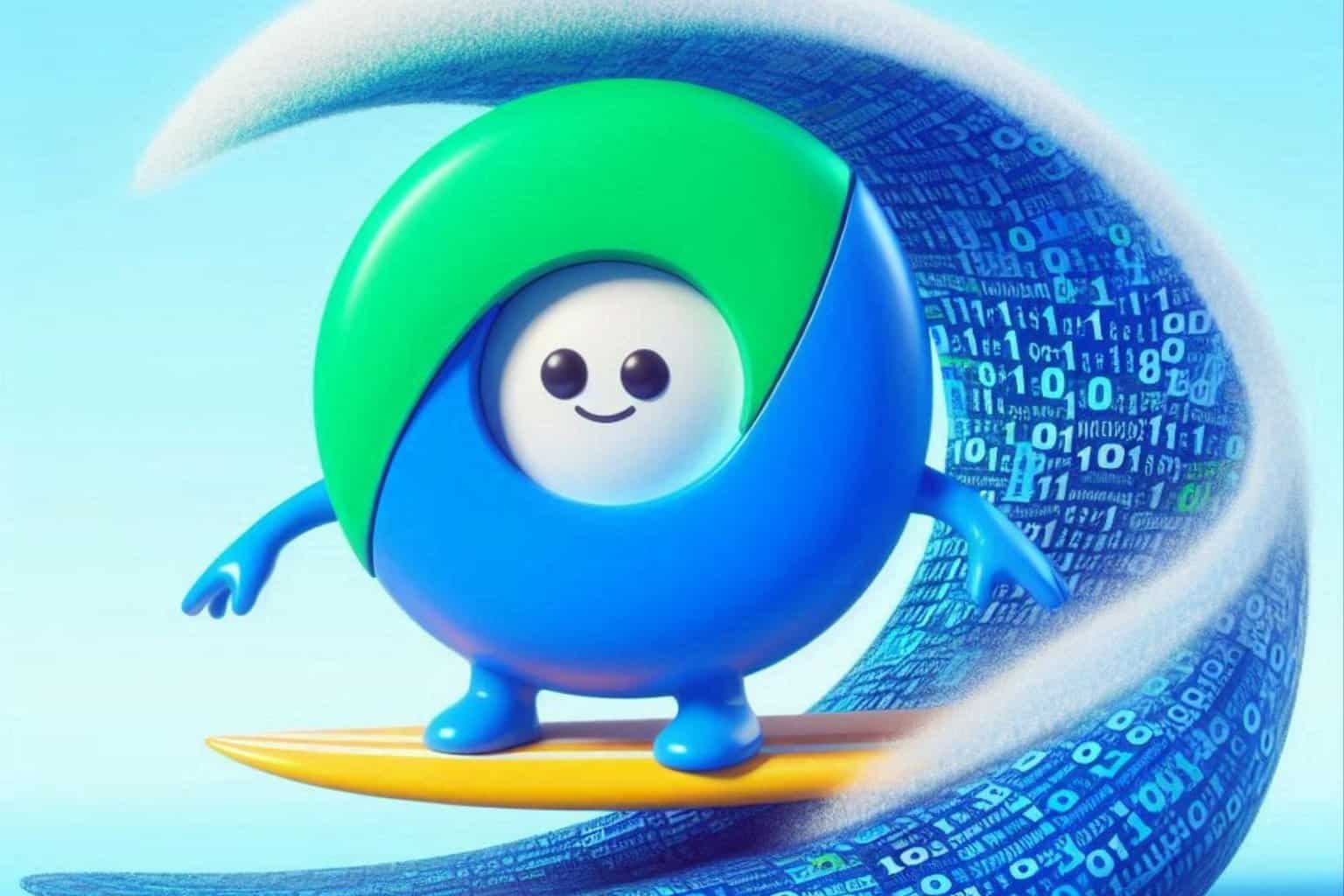Say goodbye to the traditional way Microsoft included Python in Visual Studio
3 min. read
Published on
Read our disclosure page to find out how can you help Windows Report sustain the editorial team Read more
Key notes
- Microsoft just announced a new change coming to Visual Studio.
- The way Python got bundled in the software will never be the same.
- This is done to correctly label all the out-of-date Python versions.
- However, Microsoft said that it will not remove this version completely.
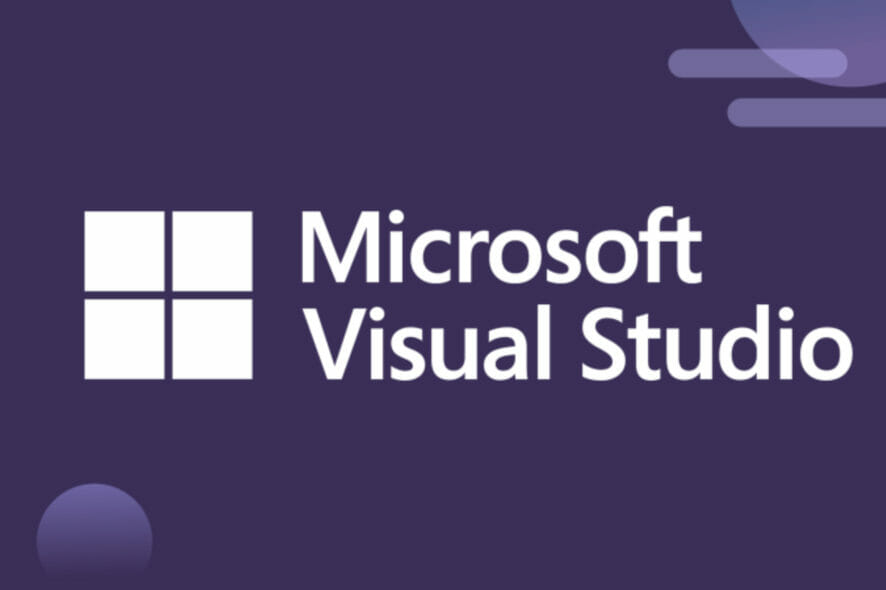
You probably already know that the Redmond company’s popular integrated development environment, Visual Studio, is utilized by a massive number of developers all around the world.
Microsoft just recently released Visual Studio 2022, which contains a lot of UI enhancements for their own operating system, as well as for Mac, which delivers performance improvements, and more.
Although not entirely unexpected, Redmond officials are also changing the way they bundle Python with each release of the IDE.
Microsoft is changing Visual Studio-Python relationship
As well all know by now, usually, each new release of Visual Studio targets a specific version of Python. However, all this is about to change, according to Microsoft.
The rhythm of Python releases is indeed a bit tricky because new versions are released annually but binary Windows installers are typically available for 18 months after release.
So, what this normally means is that, if Visual Studio 2022’s life extends past 18 months, it will be including an outdated version of Python.
Each version of Visual Studio targets a specific Python version. For example, Visual Studio 2019 targeted Python 3.7, while Visual Studio 2022 targets Python 3.9.
New versions of Python are released annually, and binary installers are available for Windows for 1.5 years after release.
That means that the last binary installer update for Python 3.9 will be made available by the Python Software Foundation (PSF) around March 2022, and earlier versions are not getting installer updates at all.
Microsoft also wanted to explain the reasons why these measures needed to be taken in the same blog post:
- Marking old versions as out of support and not select them by default to make it clear that these versions of Python are effectively past their end of life and may have security vulnerabilities;
- At the same time, we don’t want to remove them, as customers may still need them; code is often updated to support new versions slowly if at all, and in many cases the security issues that may exist are edge cases that may not be relevant; customers should use their own judgement about the risks involved in continuing to use old versions of Python;
- With the exception of adding Python 3.9 installer to Visual Studio 2019, we don’t want to add installers for new versions of Python that may not be fully supported by the Python workload; you can use newer versions of Python to run your older code in most cases with no issues, but we want to avoid giving the impression that changes to the Python language are fully supported by older versions of Visual Studio when they are not;
- In most cases, you can simply install a newer version of Python from https://python.org or the Windows store and use your existing Python code unchanged; the number of breaking changes between Python versions is small and typically in edge cases;
Older versions of Python workloads will not be updated to support newer versions, so make sure you keep that in mind.
Microsoft will explicitly mark these outdated versions of Python as Out of Support during Visual Studio setup, but will not remove or add new versions to that install.
Of course, Visual Studio 2019 comes with Python 3.9, but that will be marked as Out of Support in 2022 as well, once it reaches the end of its lifecycle.
Microsoft has emphasized that this change to its bundling strategy will make it easier to reconcile the delta between the broadly available version of Python and Visual Studio’s Python language server, Pylance.
What are your thoughts on this recent change? Share your opinion with us in the comments section below.

